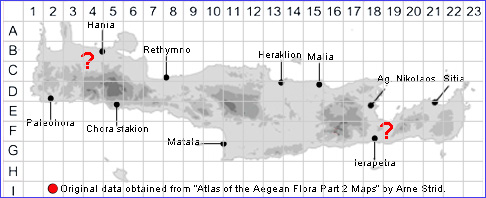SPECIES DESCRIPTION
MELILOTUS OFFICINALIS
Family and Genus:- See- LEGUMINOSAE
Common Names:- White melilot
Homotypic Synonyms:- None
Meaning:- Melilotus (Gr) Honey-clover. A name used by the Greek academic
Theophrastus and refers to melilot's attractiveness to honeybees.
Officinalis (L) Officinal medicine.
General description:- Decumbent or erect, branched biennial
Stems:-
1) 15-40 cm tall, sulcate, appressed-pubescent.
Leaves:-
1) Leaflets, oblanceolate, serrate in the upper half or third.
2) Stipules, entire, lanceolate, acuminate.
Flowers:-
1) Raceme, 8-20-flowered, c. 10 mm at anthesis, elongating and lax in fruit.
2) Corolla, c. 4 mm, yellow,
a) standard, equalling the wings and keel.
3) Ovary, and young legume pubescent.
4) Style, often deciduous.
Fruit:-
1) Legume, when mature, 2-3 mm, subglobose, reticulate-rugose, with a straight
beak; brown when ripe, usually 1-seeded.
Key features:-
1) Raceme, 8-20-flowered,
2) Ovary, and young legume glabrous.
3) Legume, with indistinct transverse veins.
Habitat:- Roadsides, hedges, deciduous scrub, ruderal habitats. 0-1200 m.
Distribution:- Fairly common in N Mainland Greece scattered elsewhere. A
widespread Euro-Siberian species, Records from Crete may represent casual
occurrences.
Flowering time:- May-July.
Photos by:- Courtesy of Wiki-Commons

